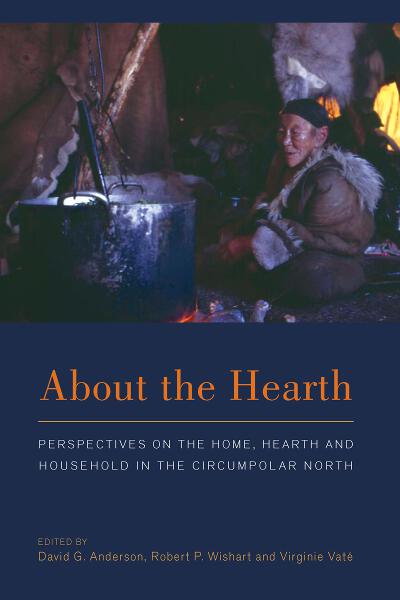Unlike a painting or a sculpture, architectural sites cannot be work of a single artist. They arise from collaborations among historical figures, architects, engineers, bankers, and many more. Some structures become much more than just a place to live, work, worship or be entertained, instead they become symbols embedded with cultural knowledge, history and social value.
Berghahn is delighted to bring Space and Place Series to your attention. This series provides ethnographically rich analyses of the cultural organization and meanings of these sites of space, architecture, landscape, and places of the body. Contributions examine the symbolic meanings of space and place, the cultural and historical processes involved in their construction and contestation, and how they communicate with wider political, religious, social, and economic institutions.
———————————————————————————————————————————-
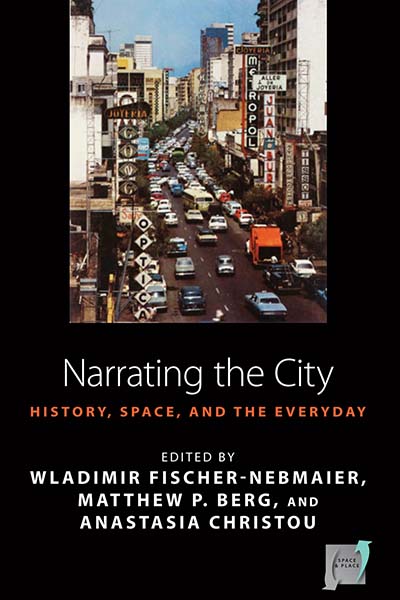 Volume 15 Forthcoming!
Volume 15 Forthcoming!
NARRATING THE CITY
Histories, Space and the Everyday
Edited by Wladimir Fischer-Nebmaier, Matthew P. Berg, and Anastasia Christou

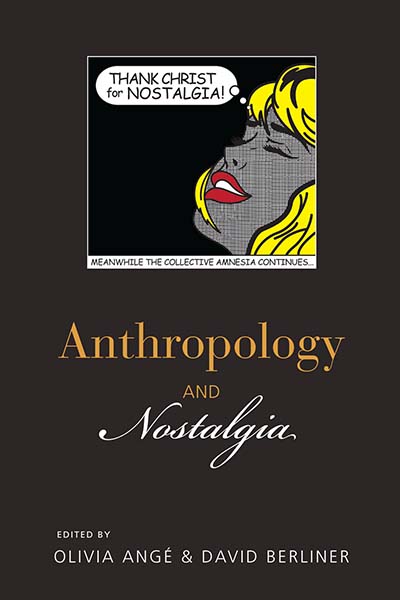 Although nostalgia seems to permeate much of modern (especially Western) society, there are few detailed anthropological accounts of this longing for the past. Editors Olivia Angé and David Berliner seek to fill this gap and explore this phenomenon in their newly published volume,
Although nostalgia seems to permeate much of modern (especially Western) society, there are few detailed anthropological accounts of this longing for the past. Editors Olivia Angé and David Berliner seek to fill this gap and explore this phenomenon in their newly published volume, 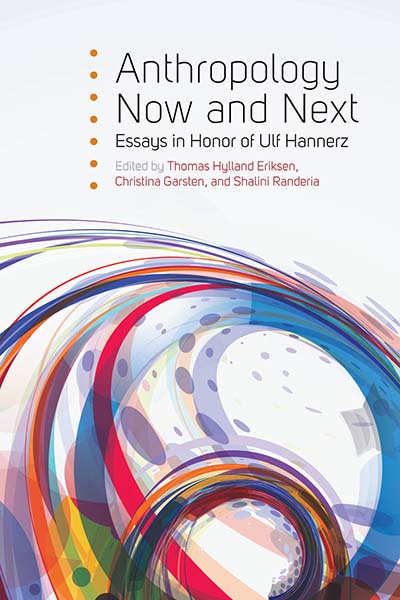
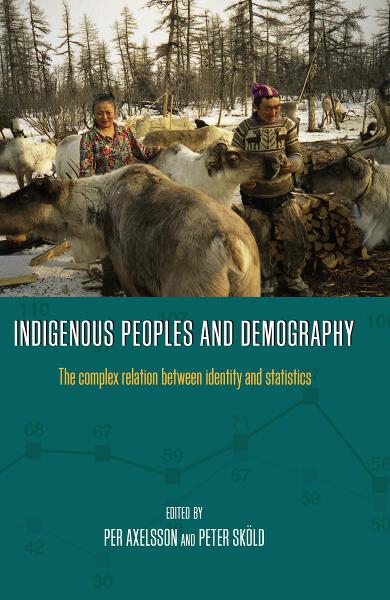



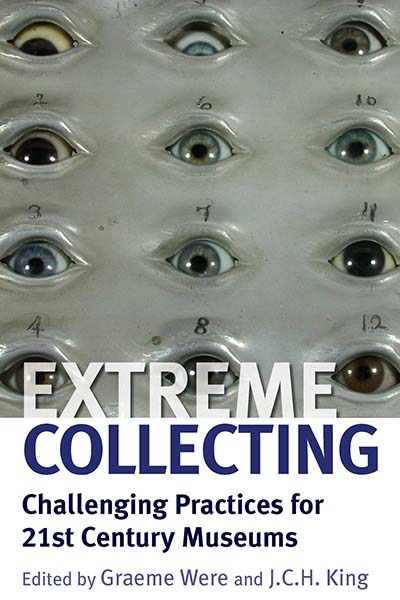 EXTREME COLLECTING
EXTREME COLLECTING